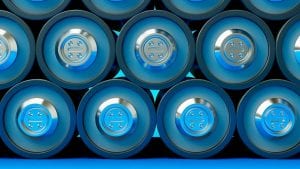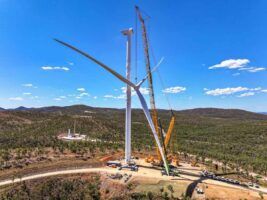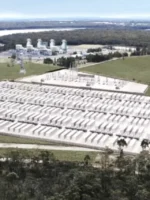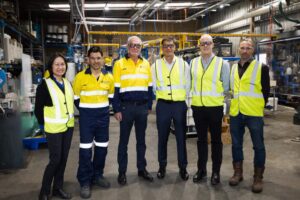A new recycling facility in Brisbane is expected to remove emissions equivalent to 12,000 cars annually, after the Clean Energy Finance Council (CEFC) sunk $75 million into the venture.
The CEFC committed the debt financing package for Rino Recycling’s new $89 million construction and demolition facility in Brisbane.
It’s expected to remove more than 55,000 t/CO2e of carbon dioxide emissions and handle 1 million tonnes of construction and demolition waste every year.
In Australia, some 38 per cent of all waste is from construction and demolition, most of which goes to landfill, according to Australia’s National Waste Report 2022.
The investment is the CEFC’s largest from its $100 million Australian Recycling Investment Fund to date, but brings the total investment in the waste and bioenergy sectors to $560 million.
“This investment helps provide a solution to Australia’s growing waste stream and accelerates our transition to a circular economy by deploying best-in-class technology to further develop our recycling sector,” said CEFC CEO Ian Learmonth in a statement.
Demolishing a big problem
With the 2032 Olympics a live target for the Queensland government and a huge pipeline of infrastructure development moving ahead, the state is looking for ways to handle the waste that will come with that expansion.
The state has $10 billion worth of renewable energy projects planned alone, and is serious about following Victoria’s ban on solar panels being dumped in landfill.
“The potential for recycling building material in these construction projects is very large,” said Rino Recycling director Todd Pepper in a statement.
“The introduction of the landfill levy by the Queensland Government in 2019, and their commitment to almost double it by 2027, has enabled us to make this investment in this proven technology.”
The technology was imported from Irish companies Turmec and CDE, which allows for recovery of up to 90 per cent of materials sent for recycling.
The plant will be fully automated and means builders can use recycled aggregates, road bases and sands and soils instead of virgin products, creating opportunities for lower embodied carbon content in construction projects.
“As we look to deliver a net zero emissions economy by 2050, we need to cut emissions wherever they occur, from the way we build to the way we recycle. This facility demonstrates how to unlock the untapped value of what is considered ‘waste’ to deliver a more sustainable low-emissions built environment,” said CEFC industrials lead Mac Irvine.










